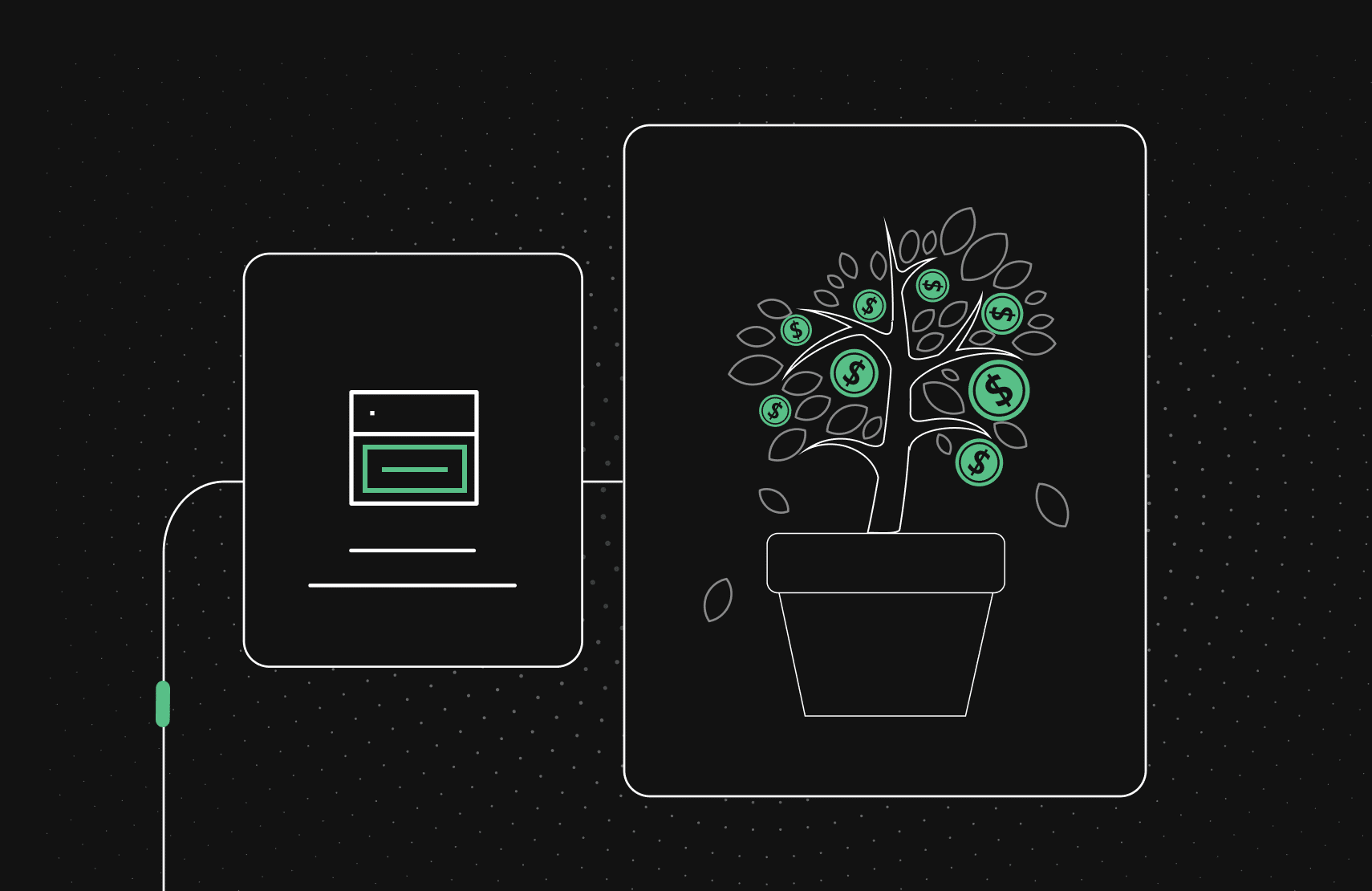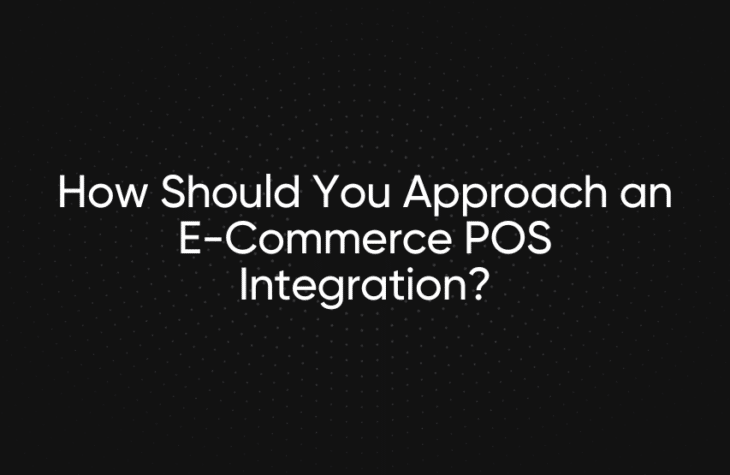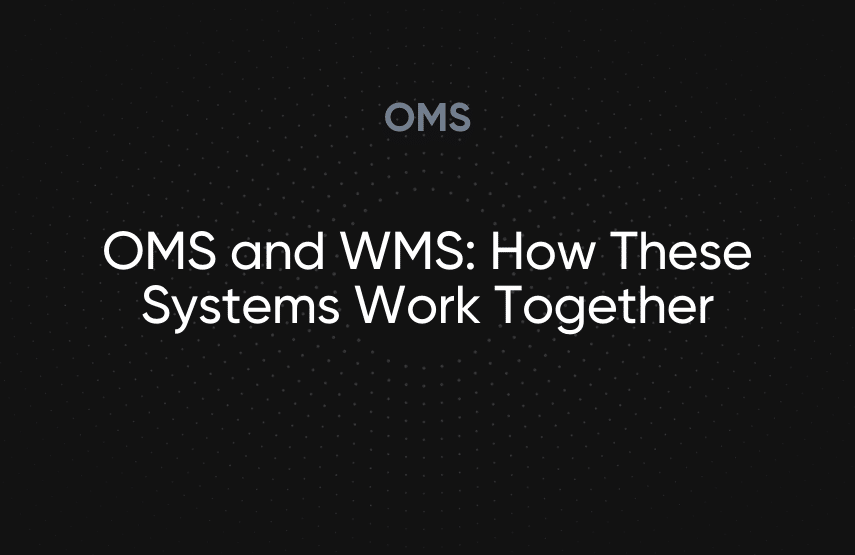What is a Systems Integrator?

A systems integrator, or SI, is an individual or organization that builds comprehensive solutions for its clients by combining several sets of software or hardware.
With an SI partner, retailers with limited in-house IT capacity can concentrate on their core business while the SI implements best-in-class software.
An SI can make or break a project; the SI partner needs ample experience, a thorough discovery process, solid DevOps and security practices, and an effective launch strategy.
SIs should feel like consultative experts, shepherding clients through a clear plan for a project.
One of the major e-commerce predictions for the next five years is that retailers will take a headless approach to commerce. Headless commerce is an architecture in which the front-end presentation layer is decoupled from the back-end commerce functionality, allowing for greater flexibility and customization, as well as richer, more immersive customer experiences by surfacing deep customer insights and leveraging best-in-class e-commerce software.
But the basis for a headless model is integration, and that presents a challenge.
Implementing and managing complex integrations with several different software vendors requires expert knowledge that retail IT teams may not have. Retailers often require specialized assistance from highly-experienced architects, developers, and project managers who have developed similar solutions in the past.
That’s where systems integrators, or SIs, come into play. SIs design and implement integrations that can save time and money, improve performance, lower risks, and help companies scale, ultimately allowing retailers to improve the customer experience. In this article, you’ll learn:
- What systems integrators are
- What to look for in a potential SI partner
- How SIs operate
- How you can prepare for an integration project
- The metrics to track an SI-led project
What is a Systems Integrator?
A systems integrator, or SI, is an individual or firm that builds comprehensive solutions for clients by combining several sets of software or hardware.
There is often no one size fits all unified solution available in the market that can fully meet a retailer’s commerce needs. SIs are becoming increasingly important as today’s retailers prefer best-in-class, cost-effective, customizable software that can suit their brand style over less flexible all-in-one solutions.
The problem is that most retailers don’t have an IT team with the skills and time to support a complex implementation. SI partners fill that gap by accelerating implementations with repeatable tools and processes, which enables retailers with limited in-house IT capacity to build standout digital commerce experiences for their customers.
What does an SI do?
Say an online retailer purchases a POS from one vendor and a WMS from another and they want to integrate those tools with a new headless commerce platform. It would require expert knowledge of disparate systems but many retailers have small in-house IT teams that will likely face immense challenges when trying to complete this full integration alone.
Onboarding an SI helps them expedite building the end-to-end workflow. The most suitable SIs for projects are ones that have successfully integrated similar tech stacks for retailers of comparable sizes and in similar industries.
SIs are engaged from the early stage of a project. Right from requirements gathering, they assess the technology choices and architect and produce well-maintainable software that combines different subsystems into a unified integrated solution. They support the retailer all the way until go-live and take up post-launch support for a minimum of 1-3 months.
SIs can also take up project management. They will often be the face of the retailer in all technical discussions with the technology providers. These providers play an advisory or consultative role during the project execution. SIs share the progress across all work streams with the retailer.
What are the Stages in a Systems Integration Project?
SI selection
The first stage of a systems integration project involves selecting a SI that has the necessary expertise, experience, and resources to complete the project successfully. This stage may involve reviewing proposals from different SIs, conducting interviews, and evaluating references and past performance.
Discovery
During this stage, the SI works closely with the client to identify the business requirements, current systems and technologies, and any potential gaps or challenges that need to be addressed. The goal of the discovery stage is to gain a clear understanding of the client’s needs and to develop a plan for integrating the different systems.
Solution
Based on the findings from the discovery stage, the SI will design a solution that meets the client’s specific requirements. This stage involves defining the technical architecture, selecting the appropriate tools and technologies, and outlining the implementation plan.
Project planning
The project planning stage involves creating a detailed project plan that outlines the scope, timelines, budgets, and resources required to implement the solution. The SI will work closely with the client to ensure that the plan aligns with their business objectives and that all dependencies and risks are identified and addressed.
Software quality check
During this stage, the SI will ensure that the solution meets all technical and functional requirements, and that it is free of any defects or issues that could impact performance or functionality.
UAT and production readiness
Before launching the solution, the SI will conduct user acceptance testing (UAT) to ensure that it meets the end-user requirements and is ready for production. This stage also involves preparing the production environment, migrating data, and configuring the system for optimal performance.
Go-live and post-launch support
The final stage of a systems integration project involves launching the solution and providing ongoing support and maintenance. This stage may include training end-users, monitoring system performance, and addressing any issues or bugs that arise post-launch.
5 Things Retailers Should Know When Selecting an SI
A systems integration project is not easy, and there are a few things that retailers should know before diving headfirst into an SI partner evaluation.
1. Selecting the right SI partner is critical
An SI partner can make or break your project, and finding one best suited to your needs can be difficult. That’s why you should consider creating a detailed request for proposal (RFP) before you engage with any potential partners. It’s a document that solicits proposals from SIs for integrating technologies and systems and should list the software involved in the project, tentative requirements, possible KPIs, a rough deadline, and any questions you want vendors to answer.
You can share your RFP with several SI partners and cross-compare their proposals. You can also consult with your software vendors if you’re unsure which SIs to start with. They will have preferred SI partners who have been good collaborators in the past and have a track record of representing clients well.
Even though internal IT teams may not ultimately be doing the work, they need to weigh in during an SI evaluation, too. They generally have first-hand knowledge about existing software dependencies, integrations with POS systems, existing e-commerce technologies, payment gateways, WMS systems, and other platforms that could be impacted by the project or have specific requirements. Since the IT team is closer to these details, they can ask the right technical questions during vendor evaluations and during discovery processes.
When reviewing proposals, companies should look closely at a vendor’s:
- Discovery process: During discovery, the fit-gap analysis should be conducted in collaboration with the platform providers to ensure that the analysis is accurate and complete.
- Project planning approach: The approach should consider all dependencies, or the interrelationships between different tasks or components of the project. In addition to emphasizing transparency and efficiency, it should provide a reasonable LOE (Level of Effort) and cost estimates.
- Experience: An SI’s level of experience should include the scope of work with clients in a comparable industry or capacity. Length of experience may be a factor as well.
- Software Quality and Deployment Practices: Their software testing practices, unit testing, automated integration tests, and continuous integration and deployment (CI/CD) practices.
- Security Knowledge: Adherence to security standards in their software development. Adoption of secure software development life cycle (SDLC) best practices.
- Launch Strategy: Their launch practices should encompass performance testing, observability, and adoption of incremental dial-up practices—ultimately to ensure smooth, uneventful launches.
If you’re still on the fence, ask each SI if you can speak with one or two of their previous clients. Another client’s opinion can shed light on the pros and cons of partnering with the SI.
2. Experience and expertise matter a lot
An SI partner should have the right mix of talent to make a retailer’s vision a reality. That means having architects to construct the right design, developers to meet software vendors’ coding standards, and project managers to problem-solve and keep teams on track.
In addition to talent, a strong indicator of an excellent SI partner is their experience with solving problems. Surprises and hiccups can surface at any time when integrating disparate systems, so experience with tackling difficult challenges can have a big impact on a project’s success. During the evaluation period, retailers should ask SIs how they’ve navigated surprises, last-minute scope changes, and unexpected go-live issues. Their responses should instill confidence, not worry.
Another way to identify a high-quality SI is to review its certifications. Many technology providers have specific integration tracks that familiarize SIs with their integration points and confirm that knowledge periodically.
For example, fabric’s 5-week Partner Certification Program provides an opportunity to each developer of a partner organization to get certified. It thoroughly tests each SI’s knowledge of fabric’s commerce APIs so they can qualify for certification.
Potential partners must attend two technical education sessions to learn about how to use fabric’s products, as well as the recommended agile execution method to be used for a high quality implementation of a technical solution based on these products. An evaluation of the developer’s knowledge is conducted by fabric’s DevRel team through a written and practical test as well.
Passing these requirements ensures each partner is capable of completing a high-quality implementation for fabric’s clients. Developers are then awarded a “badge” to indicate that they’ve been certified.
fabric’s recently announced partnership with DigiCommerce is a great example of what can be accomplished when the right partners align.
3. Retailers should expect SIs to serve as a guide
For online retailers that want to incorporate new technologies, SIs should act as consultative experts, guiding clients through a clear plan for their project. During the discovery process, SIs should evaluate technology choices, ask intelligent questions, and document the client’s business needs.
During all project meetings, SIs should demonstrate forward-thinking by leveraging their experience from previous integration projects—especially if it involves headless commerce technologies. They can suggest ways to avoid future pitfalls, overcome interdependencies, and optimize existing operations.
Before implementing any solution, skilled SIs will cross-check and review their design with software vendors, the client’s IT team, and other stakeholders to ensure that it meets all functional and technical requirements. Once it’s officially approved, SIs will stage the solution and guide clients through User Acceptance Testing (UAT) step-by-step. They’ll also develop an incremental rollout strategy to limit any potential negative impact and collect feedback from beta customers.
Throughout the project, SIs should keep all parties informed of project progress and explain how they are managing any issues or delays. As the project progresses, an SI’s professionalism and competence should inspire confidence in the client, leading to increased excitement about the go-live date.
4. SIs need a retailer’s help to succeed
SI partners are ultimately on the hook for delivering an exceptional experience, but they can’t do so without a retailer’s input and cooperation. Retailers need to be active participants in an integration project, ready to give their full time and attention to:
- Proposal review
- Requirements gathering
- Goal setting
- Vendor meetings
- Status meetings
- User acceptance testing (UAT)
- Go-live preparation
- Training sessions
Failing to spend adequate time with an SI partner may result in mismatched expectations, missing requirements, or worse — service disruptions. In addition to making it easy for SI partners to see the vision, retailers can educate them on gaps or blindspots and provide constructive feedback.
One way to maintain alignment is to create a RACI matrix showing who is responsible, accountable, consulted, or informed at each step in a project. At fabric, we share a sample RACI for all of our clients using SIs for their headless commerce integration projects:
| Project Phase | SI Partner | Retailer | Technology Partner |
| Feature gap analysis and scope of work | R | A, I | C |
| End to end technical design | R | A, I | C |
| Complete project plan and milestone tracking | R | A, C | I |
| End to end solution implementation | R | A, C | I |
| Integration testing | R | A, C | I |
| Performance testing and security | R | A, C | I,C |
| UAT | R | A, C | I |
| Go live | R | A, C | I |
| Post launch support | R | A, C | I |
5. SI projects work best with solid KPIs
It’s hard to know whether a systems integration project is on track when you’re not working toward specific milestones or monitoring any KPIs. It’s important to work with your SI to agree on granular milestones and non-functional requirements during project kickoff.
Some examples of milestones for integration projects in e-commerce include finalizing:
- Product detail pages
- Product listing pages
- Login pages
- Cart experience
- Checkout experience
Working in smaller chunks helps move the project along. For example, fabric encourages SI partners to populate actual content and demo the experience for each milestone. That way, SIs aren’t waiting for the entire site to be functional to validate the product catalog.
Beyond milestones, retailers should set metrics to assess software quality and performance. These KPIs serve as a triple-check of the SI partner’s work and ensures low-cost maintenance effort post-software handover. Examples of KPIs include:
- Unit test coverage
- Automated integration test coverage
- Continuous deployment pipeline
- Automated monitoring and alarming
- Fatal rate and Downtime SLAs
- tp90 page load latencies
- Page views
- Conversions
- Infrastructure cost
Monitoring these metrics in real-time is critical. Even after quality assurance (QA) and UAT, problems crop up—especially as site traffic dials up. KPIs can help identify and resolve issues with the SI partner quickly and efficiently. While SI partners are typically there to support a project one to three months post-implementation, they should also provide runbooks to help a retailer’s IT team resolve smaller issues independently.
Fully Integrate Your Commerce Platform
Overall, partnering with an SI can help organizations achieve their business objectives, reduce costs, and improve efficiency, quality, and competitiveness. SI partners play a crucial role for retailers with limited IT resources as they bring skilled architects, developers, and a consultative lens to a systems integration project. The best SIs leave you with an integrated tech stack that matches vendor requirements and your requirements while improving the customer experience.
The bottom line is that with SI partners and the right technology providers, retailers can deliver a well-integrated digital commerce experience to their customers faster. The key is finding an SI partner you can count on.
fabric’s certified partners can help you integrate your technology stack with fabric Commerce Platform, or individual products such as PIM, OMS, Offers, and Dropship without a hitch. If you want to learn more about our products or about our SI approach to integrations, feel free to get in touch with us today.

VP of Engineering, APAC region @ fabric. Previously Sr. Software Development Manager @ Amazon.










